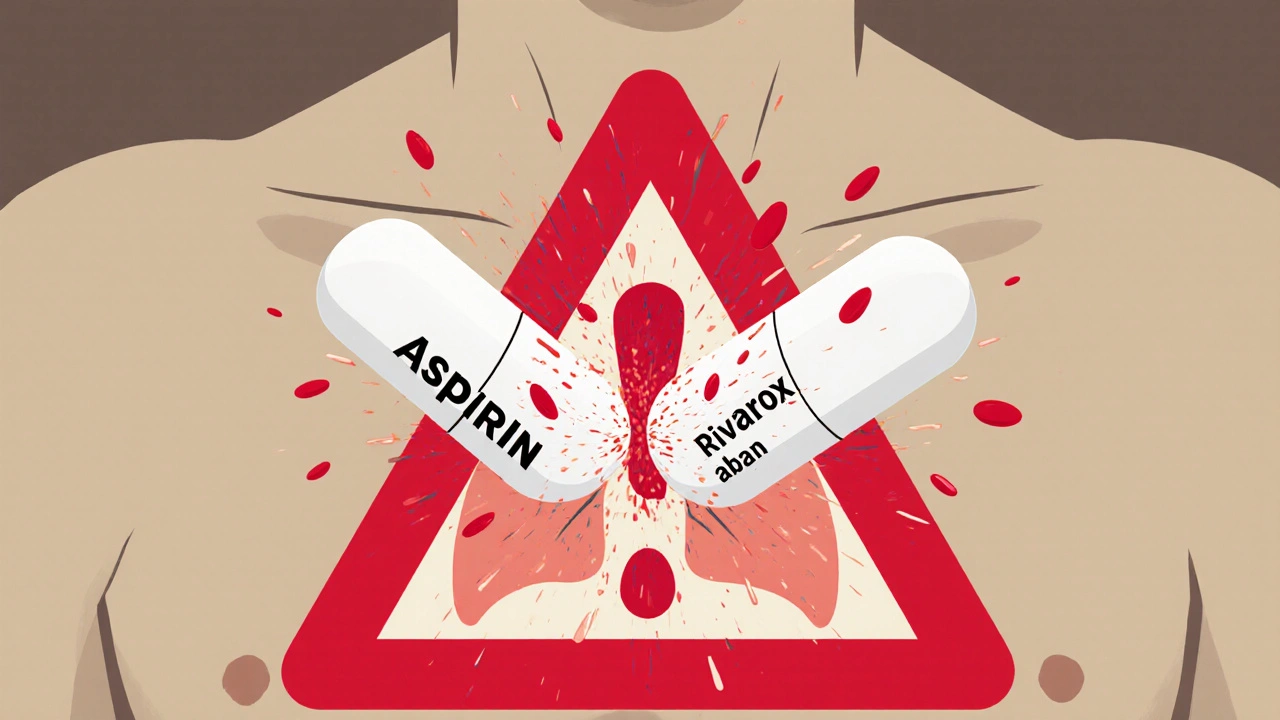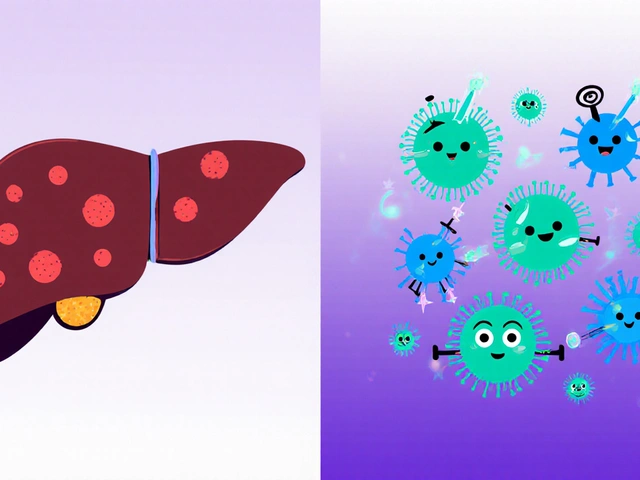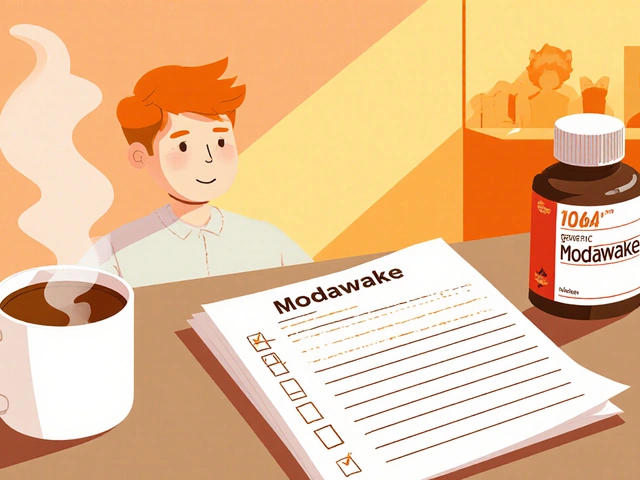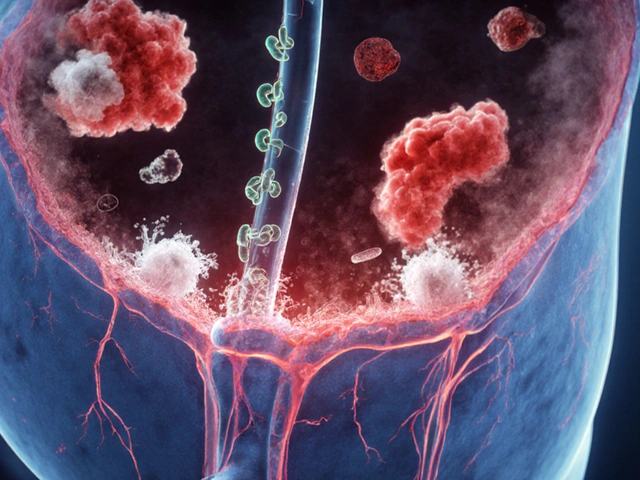Bleeding Risk: What It Means and How to Keep It Low
Ever wonder why a small cut sometimes takes forever to stop? That’s a sign your bleeding risk might be higher than normal. Understanding what pushes that risk up can save you from scary situations and help you stay safe while taking everyday meds.
Common Triggers That Raise Your Bleeding Risk
First off, many prescription drugs thin your blood on purpose – think warfarin, aspirin, or newer anticoagulants like apixaban. They’re great for preventing clots, but they also make bruises appear faster and can turn a minor scrape into a bigger bleed.
Over‑the‑counter supplements can sneak in, too. St. John’s wort, ginkgo biloba, and high doses of fish oil all have mild blood‑thinning effects. If you combine them with a prescription blood thinner, the risk climbs quickly.
Health conditions matter as well. Liver disease, kidney problems, and certain cancers mess with clotting factors, making it harder for your body to form a proper clot.
Lastly, surgeries, dental work, or even intense workouts can trigger bleeding if your clotting system is already compromised. Knowing these triggers helps you plan ahead.
Practical Ways to Lower Your Bleeding Risk
Start by keeping a medication list. Write down every prescription, over‑the‑counter drug, and supplement you take. Show the list to any new doctor or dentist – they’ll spot dangerous combos before they become an issue.
Ask your pharmacist if a medication has a “bleeding risk” warning. Many drug labels include guidance on what to watch for, like unusual bruising or blood in urine.
Stay on top of lab tests if you’re on a blood thinner. Regular INR or PT/ aPTT checks let your doctor fine‑tune the dose so you’re not too thin or too thick.
Eat a balanced diet rich in vitamin K (leafy greens) if you’re on warfarin, but don’t go overboard. Sudden jumps in vitamin K can swing your clotting numbers wildly.
Limit alcohol and avoid smoking. Both can impair clotting and make bleeding worse.
When you notice a bruise that’s unusually large, a nosebleed that won’t stop, or blood in your stool, call your doctor right away. Early action prevents complications.
If you’re about to have a procedure, tell the surgeon about every blood‑thinning agent you use. They’ll often pause the medication for a few days to let your clotting system reset.
Finally, keep active but smart. Light exercise improves circulation, but avoid contact sports if you’re on strong anticoagulants – a stray hit could cause a serious bleed.
Knowing the why and how of bleeding risk puts you in control. Track your meds, watch for warning signs, and talk openly with healthcare providers. With a few simple habits, you can enjoy the benefits of your treatments without the scare of unexpected bleeding.

Aspirin with Other Blood Thinners: What You Need to Know About Bleeding Risks
Combining aspirin with other blood thinners doubles the risk of serious bleeding. Learn which combinations are dangerous, what signs to watch for, and when to talk to your doctor about stopping aspirin.
View More
Ticagrelor and Diabetes: Risks, Benefits, and Evidence You Can Use
Worried how ticagrelor fits with diabetes? Clear, evidence-based guide on benefits, bleeding risk, dosing, and real-world decisions for safer heart care.
View More



